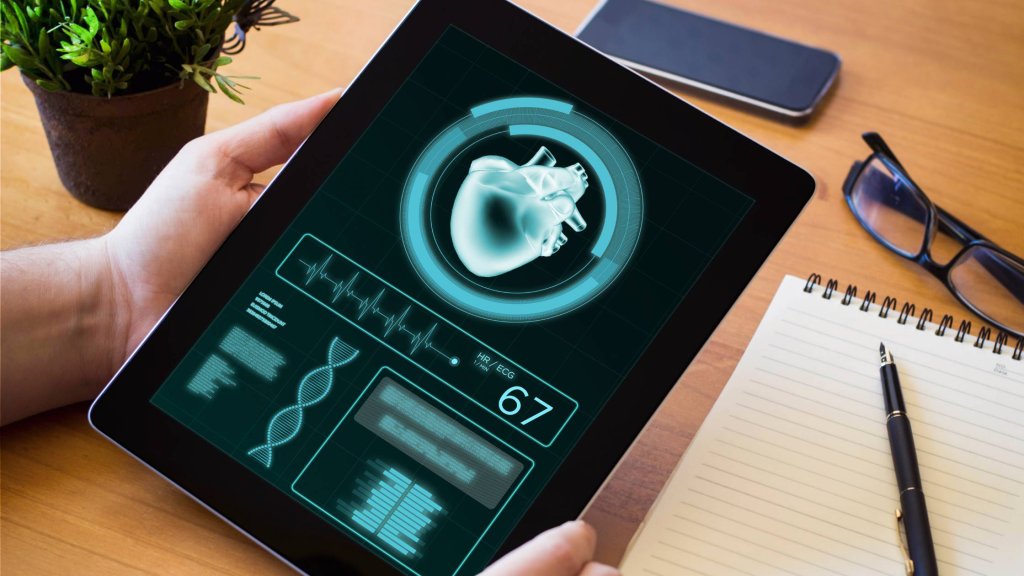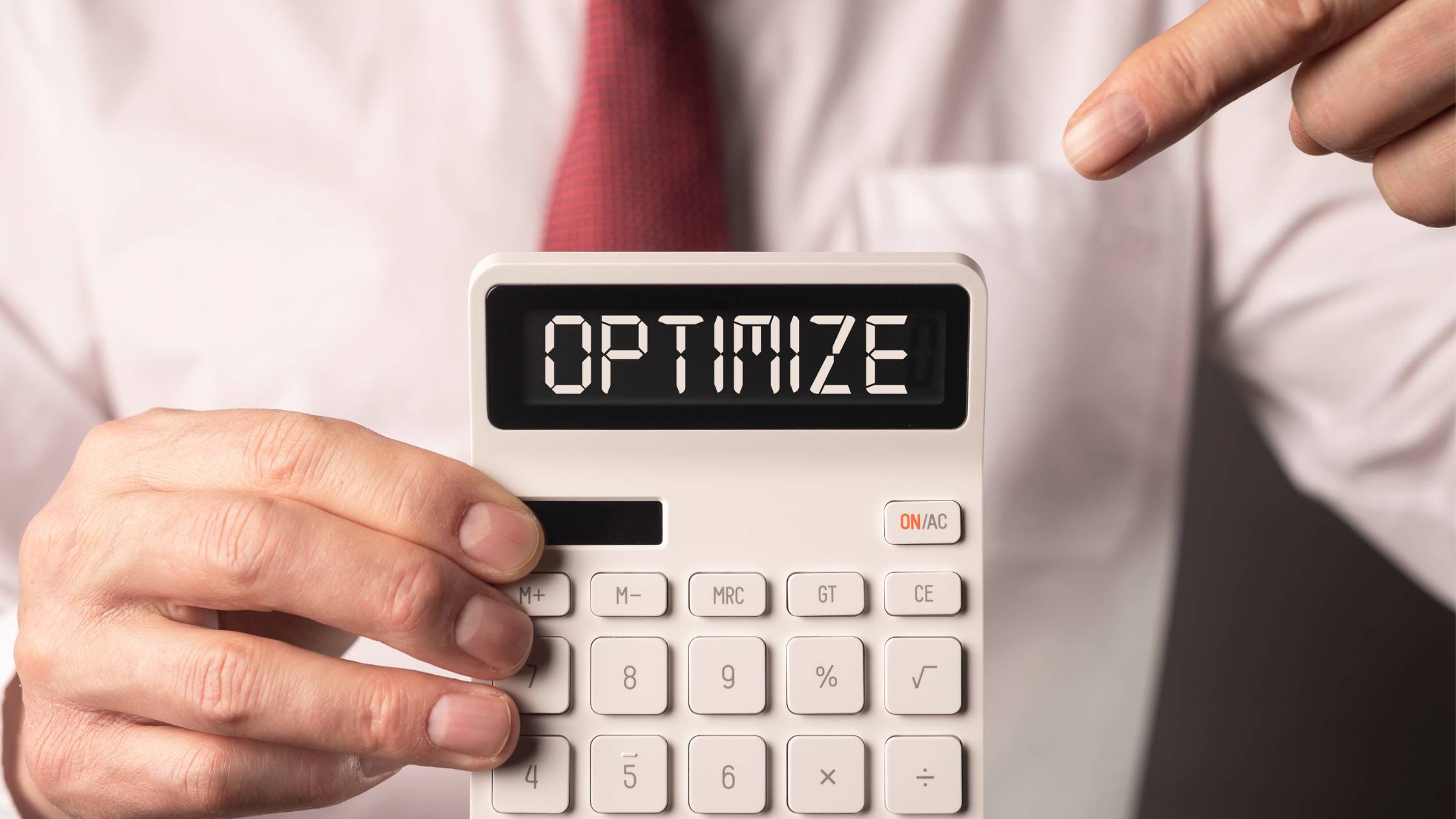VIEW BY TOPIC
- Finding Customers
- Business Systems
- Managing Employees
- Leadership
- Managing Money
Related Posts

Ready to Grow Your Business Fast?
Here’s How I Grew Five Businesses, and Eventually Sold One to a Fortune 500 Company.

The Thriving World of Health Apps
The way we approach health and fitness has changed as a result of health apps. Users of these cutting-edge programs may improve their well-being with the help of customized solutions, monitoring tools, and insightful data. In this post, we’ll delve deep into the world of health applications, looking at their numerous forms, benefits, costs associated with their creation, pertinent technology, and advice for choosing a reputable development firm for your health app development.
Understanding Health Apps
Let’s begin by explaining what a health app is in detail. A software program aimed at encouraging health and well-being that is created for smartphones, tablets, or other mobile devices is known as a health app. To help users manage their physical and mental health, these applications make use of a variety of features, including data monitoring, reminders, instructional material, and interactive tools.
Categories of Health Apps
A wide range of requirements and interests are catered to in the vast and varied world of health applications. Here are some well-liked categories and some well-known health app examples:
a) Fitness apps: Fitbit monitors heart rate, activity levels, and sleep patterns.
– MyFitnessPal: Keeps track of activity and calorie consumption.
– Strava: Tracks data for cycling and running while promoting interpersonal communication.
b) Apps for mental health and meditation:
– Headspace: Offers instruction in mindfulness practices and guided meditation.
– Calm: Provides methods for unwinding and sedatives.
– Moodpath: Aids in monitoring and controlling symptoms of mental illness.
c) Apps for diet and nutrition:
– MyPlate: This website tracks daily dietary intake and offers individualized meal planning.
Fooducate: Delivers nutritional data and food evaluations by scanning barcodes.
– Yummly: Offers features for meal planning, grocery lists, and recipes.
c) Apps for remote health monitoring:
– Ada: Provides a symptom checker and tailored health assessments.
– Kardia: Tracks heart health and identifies irregular heartbeats.
Glucose Buddy helps diabetics keep track of their blood sugar levels.
The Lucrative Potential of Health Apps

Creating a health app is not only advantageous for consumers; it is also a very wise business move. A booming industry has been produced as a result of the rising demand for mobile health solutions, technical improvements, and rising consumer awareness of health issues. Here are some explanations as to why making an investment in a health app may be profitable:
– Wide Target Audience: Health applications appeal to a variety of people, including fitness fanatics, those with chronic illnesses, and people looking to improve their general well-being.
– Revenue Generation: Health applications may make money through a variety of methods, including in-app purchases, premium subscriptions, in-app advertising, and joint ventures with other health-related companies.
– Data Analytics: With user permission, health applications may gather useful data that can be utilized for research, targeted advertising, and improving the features and functionality of the app and user experience.
Development Expenses and Timeline
A well-planned timeframe and financial commitment are both necessary for the development of a health app. Let’s look more closely at the variables that affect the price and timing of developing a health app.
a) Complexity and Features: A health app’s complexity has a substantial impact on the overall development expenses. Budget-friendly health applications often provide basic features like data recording, reminders, and instructional content. However, more expensive development effort is needed for sophisticated health applications with complicated functions, such as integration with wearables, AI algorithms, and real-time monitoring systems.
The timing is also impacted by the quantity and complexity of features. A feature-rich health app with complex functionality could take more time to design, create, and test than a straightforward health app with a small number of features.
b) Platform Compatibility: Platform compatibility is another element that influences development costs and timeframe. Usually, apps for the health industry are created for both iOS and Android. It costs more to produce distinct versions for each platform. The timing may be impacted by the development team’s requirement to guarantee that the app works flawlessly across a variety of devices, screens, and operating systems.
c) Design and User Interface: A health app’s overall attractiveness and user experience are greatly influenced by its visual design and user interface (UI). The key to attracting and keeping consumers is to invest in a user interface that is simple to use and visually appealing. The whole development expenses should take into account the price of design components including icons, color schemes, animations, and logos.
To make sure the app meets specified criteria, the design process can need changes and iterations. The length of the development process can be increased by the intricacy of the design and several revisions.
d) Testing and Quality Assurance:

To guarantee a bug-free and dependable health app, rigorous testing and quality assurance (QA) procedures are necessary. Testing includes assessing the app’s usability, performance, security, and functionality across many platforms and use cases. To find and fix any problems, QA experts can use both manual testing and automated testing technologies.
The length of time spent testing affects the development schedule. A high-quality software can be produced with the aid of rigorous testing, but it may take more time to optimize and resolve bugs.
e) Regulatory Compliance: Since health applications frequently deal with private user information, regulatory compliance is an important part of the development process. Regulations and data protection requirements may vary depending on the target market. Additional steps and security elements may be required to comply with laws like the Health Insurance Portability and Accountability Act (HIPAA) in the United States or the General Data Protection Regulation (GDPR) in the European Union, which might affect both prices and timelines.
f) Team Expertise and Location: The development team’s experience and location affect development expenses and timeframe. Although highly qualified and experienced developers may charge more for their services, they may provide a polished and effective product in less time. The development team’s location is important since regional factors might affect rates.
Relevant Technologies in 2023
In 2023, creating a health app will need keeping up with the most recent trends and technologies because of how quickly technology is growing. The following prominent technologies are reshaping the market for health apps:
– Artificial intelligence (AI): AI algorithms are capable of analyzing health data, making individualized suggestions, and assisting in the selection of a diagnosis and a course of therapy.
– Internet of Things (IoT): Integrating IoT devices offers real-time data collection, seamless communication between consumers and healthcare professionals, and remote health monitoring.
– Blockchain: The use of blockchain technology can improve the interoperability, security, and privacy of data in health apps.
– Virtual reality (VR) and augmented reality (AR): These immersive technologies open up new avenues for medical education, mental health treatments, and physical fitness training.
Conclusion
Health applications have become effective instruments for fostering well-being, physical fitness, and proactive healthcare management in the age of digital health. Health applications meet a variety of user demands with a wide range of categories and features. It can be a wise business move to create a health app, but doing so needs careful strategy, financial commitment, and cooperation with an experienced development firm. You can develop a profitable health app that enhances lives and survives in the cutthroat market of 2023 by utilizing the newest technology and placing a premium on user experience.














